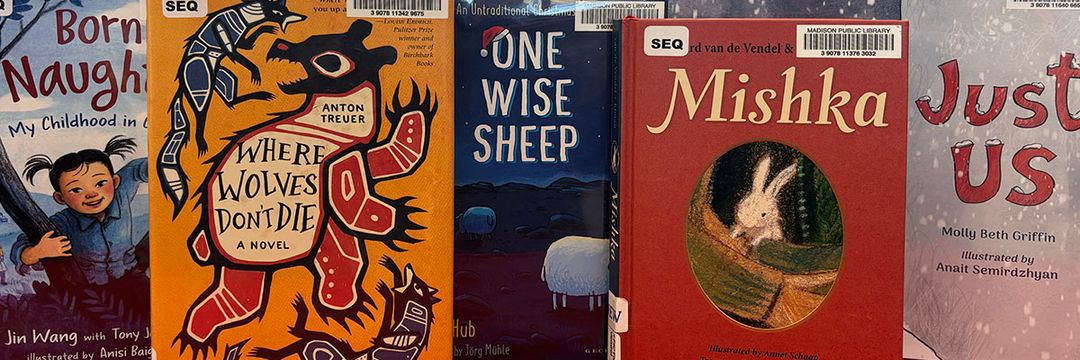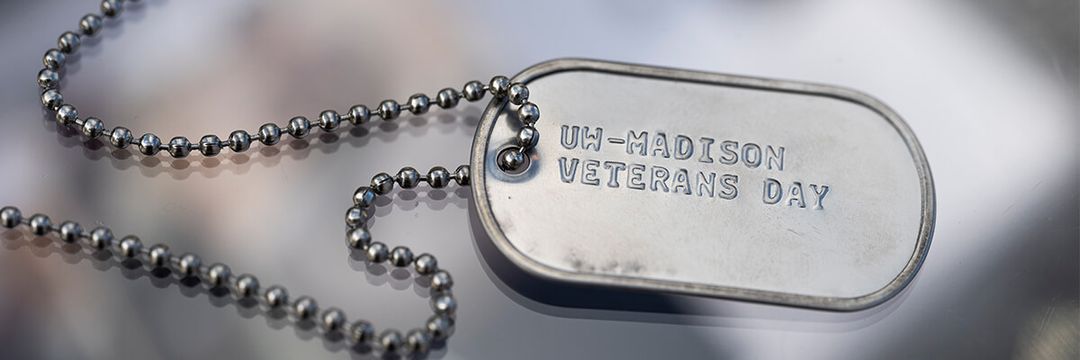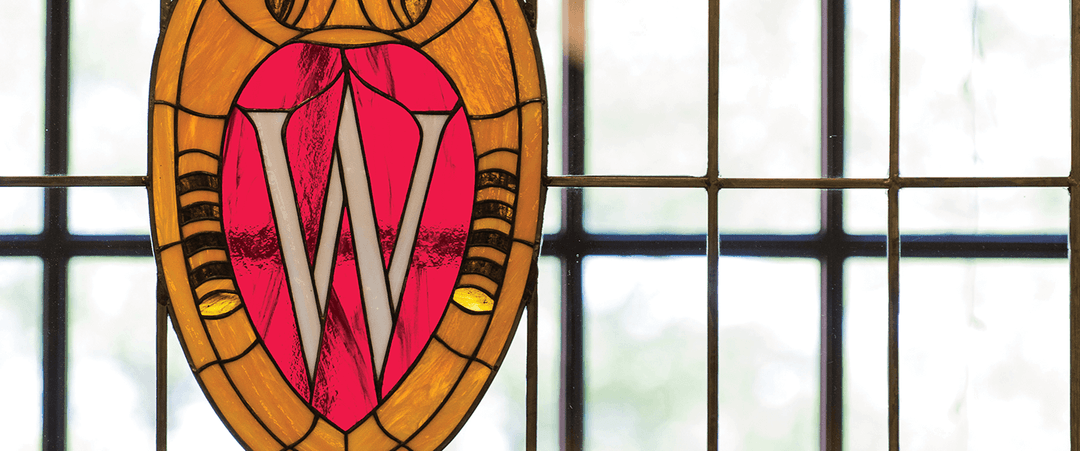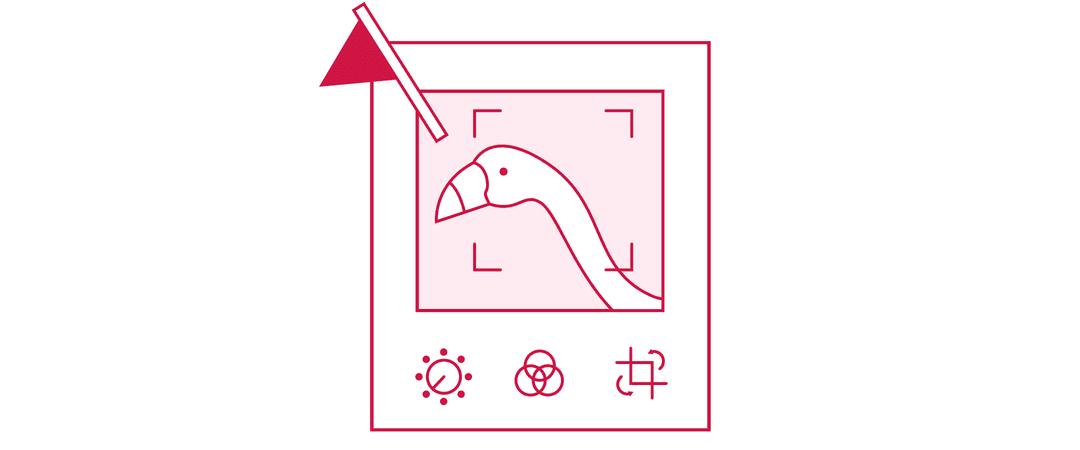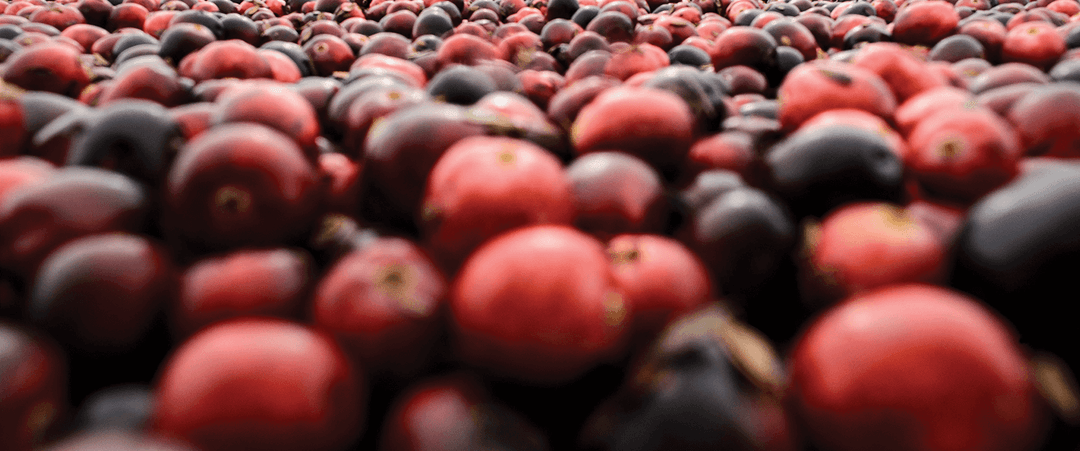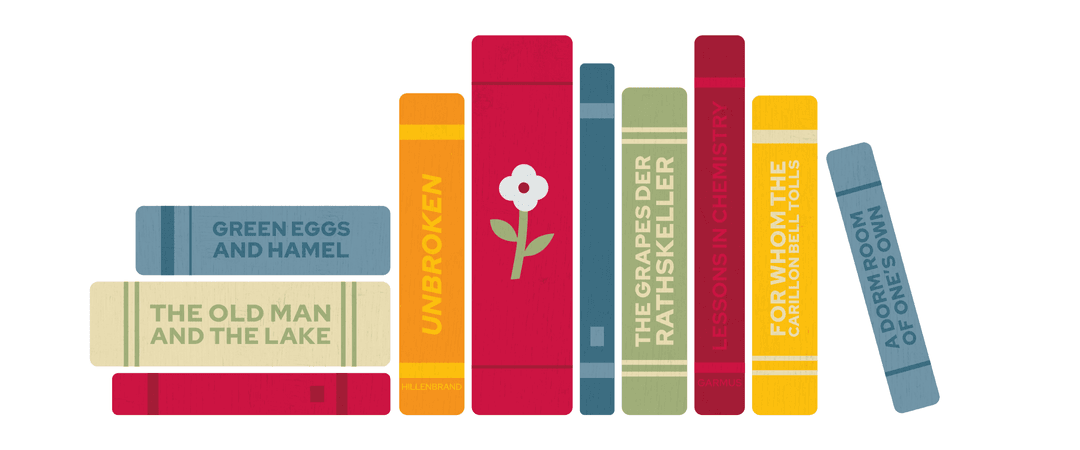With pollinators facing threats from habitat loss, pesticides, and climate change, even small green spaces can help restore biodiversity and support a wide range of life. Susan Carpenter MS’80,MS’99, the curator of the Wisconsin Native Plant Garden at the UW Arboretum, has spent decades studying native ecosystems (including 100 acres of her own conservation land in the Driftless Area) and empowering others to support pollinators in urban and suburban spaces. “Native plants have evolved in relationship with native insects, birds, and animals over millennia,” she says. “They are best suited to support biodiversity that still exists or can be restored within our built environment.” Whether you’ve got a few square feet or an entire yard to work with, you can make a difference. Here are Carpenter’s top tips for starting your own pollinator-friendly garden.
“Right plant, right place.”
This is a big topic! There are resources and tools that can help identify the eco-region you are in —this will inform native plant lists. Native plant nursery regional seed mix lists, if available, can provide suggestions of plants for different site conditions. But also, be willing to experiment and learn from the results of your gardening activities.
Plan ahead.
Maximize the number and diversity of native plants in your landscape, including plants that bloom at different times of the season — early, mid, late — so that there are always flowers available for pollinators. Include plants from different families, with varied flower forms.
Skip the strong stuff.
Avoid pesticides, especially systemic insecticides. Make sure the plants you purchase have not been pretreated.
Not all flowers are equal.
People often think that all flowers are equally attractive to and equally useful to pollinators. Some flowers (especially some cultivars) do not offer pollen or nectar so are not visited. Some non-native species did not evolve with native pollinators and are also not used. We encourage planting native species that are known to be useful to pollinators — there are many!
Yes, you’ll still need to weed.
The most common myth about native plant or pollinator gardening is probably the idea that native plant gardens need no maintenance. While they are managed with low inputs (no mowing, no pesticides, no fertilizers, usually no watering) and include perennial species that come up every year, they do require care and monitoring, occasional weeding, and watching for invasive species. These gardens are full of life and fascinating places to work and learn.




